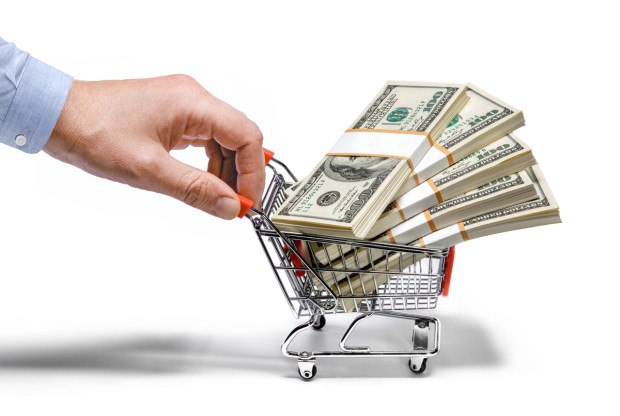The average cost of auto insurance has risen at twice the rate of median household incomes across the U.S. over the past decade, according to the J.D. Power 2019 U.S. Insurance Shopping Study. Not only is auto insurance taking a larger share from consumers’ wallets, it’s also having a big impact on customer loyalty.
The rate of switching among insurance shoppers has increased to 35 percent from 31 percent during the past year, helping to drive down overall insurance customer retention by 2 percentage points to 88 percent. Price was the key factor leading customers to shop, with 64 percent of insurance shoppers citing price as their primary reason to look for new insurance. Auto insurance customers saved $352 on average when they switched insurance, with those in New Jersey seeing the greatest overall savings ($502).
Costs can vary considerably on a state-by-state basis. Louisiana is the least affordable state, with consumers spending 3.11 percent of their salaries on insurance. The No. 2 spot is taken by West Virginia (2.39 percent), followed by Mississippi (2.31 percent), Florida (2.25 percent) and Michigan (2.20 percent). At the other end of the spectrum, the most affordable state for auto insurance is New Hampshire, with consumers spending only 1.20 percent of their salaries on coverage, followed by Minnesota (1.21 percent) and Virginia (1.26 percent). Coming in at No. 4 is Utah (1.27 percent), with North Dakota and Wisconsin sharing the No. 5 spot with 1.29 percent of consumer income spent on auto insurance.
With only 2-3 percent of new customers entering the personal lines auto insurance market each year, carriers are competing to grow their business by taking market share from competitors. Amica Insurance offers the most savings for customers to switch, with an average of $411 saved, followed by Liberty Mutual ($409) and The Hartford ($404).
Source: J.D. Power





















 How Insurers Can Avoid Post-Merger Technology Failure
How Insurers Can Avoid Post-Merger Technology Failure  Is the AI Boom a Bubble Waiting to Pop? Here’s What History Says
Is the AI Boom a Bubble Waiting to Pop? Here’s What History Says  Executives on the Move at Liberty Mutual, Cowbell, W. R. Berkley
Executives on the Move at Liberty Mutual, Cowbell, W. R. Berkley  Nearly Half of 100 Largest P/C Insurers Destroy Value: ACORD
Nearly Half of 100 Largest P/C Insurers Destroy Value: ACORD 






